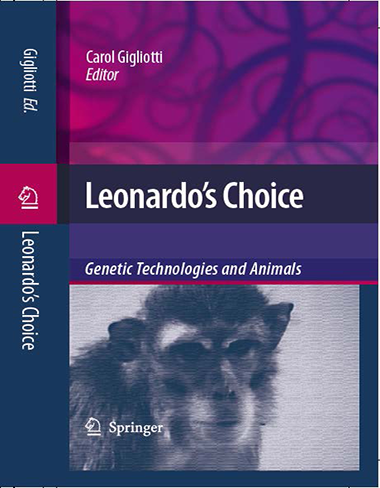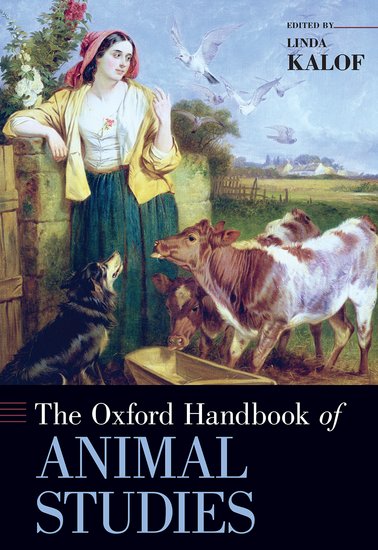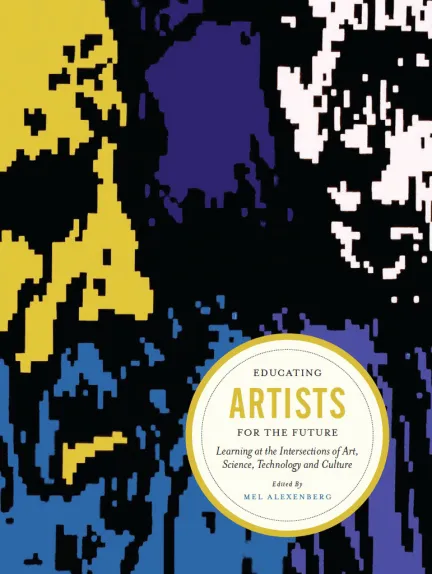
The Creative Lives of Animals
Winner of a Nautilus Gold Book Award in Animals and Nature
Most of us view animals through a very narrow lens, seeing only bits and pieces of beings that seem mostly peripheral to our lives. However, whether animals are building a shelter, seducing a mate, or inventing a new game, animals’ creative choices affect their social, cultural, and environmental worlds.
The Creative Lives of Animals offers readers intimate glimpses of creativity in the lives of animals, from elephants to alligators to ants. Drawing on a growing body of scientific research, Carol Gigliotti unpacks examples of creativity demonstrated by animals through the lens of the creative process, an important component of creative behavior, and offers new thinking on animal intelligence, emotion, and self-awareness. With examples of the elaborate dams built by beavers or the lavishly decorated bowers of bowerbirds, Gigliotti provides a new perspective on animals as agents in their own lives, as valuable contributors to their world and ours, and as guides in understanding how creativity may contribute to conserving the natural world. Presenting a powerful argument for the importance of recognizing animals as individuals and as creators of a healthy, biodiverse world, this book offers insights into both the established and emerging questions about the creativity of animals.
Cover Photo @ Melissa Groo

PRAISE
~Marc Bekoff, author of Canine Confidential: Why Dogs Do What They Do
~Colin Jerolmack, author of The Global Pigeon
~John Sanbonmatsu, author of Critical Theory and Animal Liberation
“An illuminating account of creativity in the wild. Gigliotti makes a solid case that humans have a lot to learn about the creatures that they share the planet with, and that much of what scientists previously thought was uniquely human isn’t. Fans of Jane Goodall and Frans de Waal will be pleased.”
― Publishers Weekly (starred)
— Gregory F. Tague ― Leonardo Reviews
— Booklist
—Scientific American
The book makes its strongest case when advocating a revision of how to think about, and act towards, animals. Ms Gigliotti points out that humans are only one of millions of species on Earth. She suggests a retreat from anthropocentrism in favour of recognition that animals are individuals with complicated, powerful, creative lives of their own.
—The Economist
About the author
Carol Gigliotti is an author, artist, animal activist, and scholar whose work focuses on the reality of animals’ lives as important contributors to the biodiversity of this planet. She is Professor Emerita of Design and Dynamic Media and Critical and Cultural Studies at the Emily Carr University of Design, Vancouver, BC. CANADA.
Her newest book, The Creative Lives of Animals, was published by the NYU Press (Nov. 2022)
This work challenges the current assumptions of creativity offering a more comprehensive understanding through recognizing animal creativity, cognition, consciousness, and agency.
She is the editor of the book, Leonardo’s Choice: Genetic Technologies and Animals and the author of numerous book chapters and journal essays on these topics. Her work is supported by the Social Sciences and Humanities Research Council of Canada, The Sitka Center for the Arts, and Coppermoss, among others. Gigliotti is on several international advisory boards concerned either with media or animal studies. Gigliotti has a BSS in Performance Studies, an MFA in Printmaking, and a Ph.D. from the Advanced Computing Center of Arts and Design at The Ohio State University.
She now lives in Eugene, Oregon

Other Books and Book Chapters
Leonardo’s Choice, the book I edited on the implications and effects of genetic technologies on animals, contains essays from a wide range of authors, including philosophers, artists, art historians, biologists, architects, and experts in animal law.
My ideas on Critical animal studies (CAS) as a critical approach to human-animal relationships and explicitly committed to global justice for animals, humans, and the earth in Linda Kaloff’s wide-ranging Oxford Handbook on the growing area of Animal Studies.
An earlier book chapter on “the deep connections between the suppression and destruction of natural creativity–organic, ecological, and biological–and the corrosive effects of that destruction on sustained human creativity in Educating Artists for the Future: Learning at the Intersections of Art, Science, and Technology

Gigliotti, C. (Ed.). (2009) Leonardo’s Choice: Genetic technologies and animals. Dorchedt: Springer.
Leonardo’s Choice: Genetic Technologies and Animals is an edited collection of twelve essays and one dialogue focusing on the profound effect the use of animals in biotechnology is having on both humans and other species. Communicating crucial understandings of the integrated nature of the human and non-human world, these essays, unlike the majority of discussions of biotechnology, take seriously the impact of these technologies on animals themselves. This collection’s central questions revolve around the disassociation Western ideas of creative freedom have from the impacts those ideas and practices have on the non-human world.

Gigliotti, C. (2017) “The Struggle for Compassion and Justice through Critical Animal Studies.” in The Oxford Handbook Of Animal Studies, (Ed.) Linda Kaloff. Oxford University Press.
Critical animal studies (CAS) is a critical approach to human-animal relationships and explicitly committed to a global justice for animals, humans, and the earth. This essay argues that the global animal industrial complex, as well as the increasing global cultural push to eat meat, are inordinately causing calamitous current conditions of human-caused climate change and species extinction, as well as increasing poverty, hunger, disease, environmental damage and unprecedented animal misery and slaughter. Influenced by critical theory from the Frankfurt School and feminism, among other sources, CAS specifically critiques capitalism and globalization in its role in the domination of people, animals and the earth, but also sees the intersections of all oppression anywhere and for whatever reason as motivation for employing the powerful forces of compassion and social justice.

Gigliotti, C. (2008) “Sustaining Creativity and the Loss of the Wild” In M. Alexenberg (Ed.) Educating Artists in a Digital Age: Learning at the Intersections of Art, Science,Technology and Culture. Bristol, UK: Intellect Press/Chicago: University of Chicago Press.
This chapter explores the deep connections between the suppression and destruction of natural creativity – organic, ecological, and biological – and the corrosive effects of that destruction on sustained human creativity. This exploration will include a discussion of various metaphoric approaches that are being used or might be used in new media art and design education to encourage creative solutions to both forms of destruction.